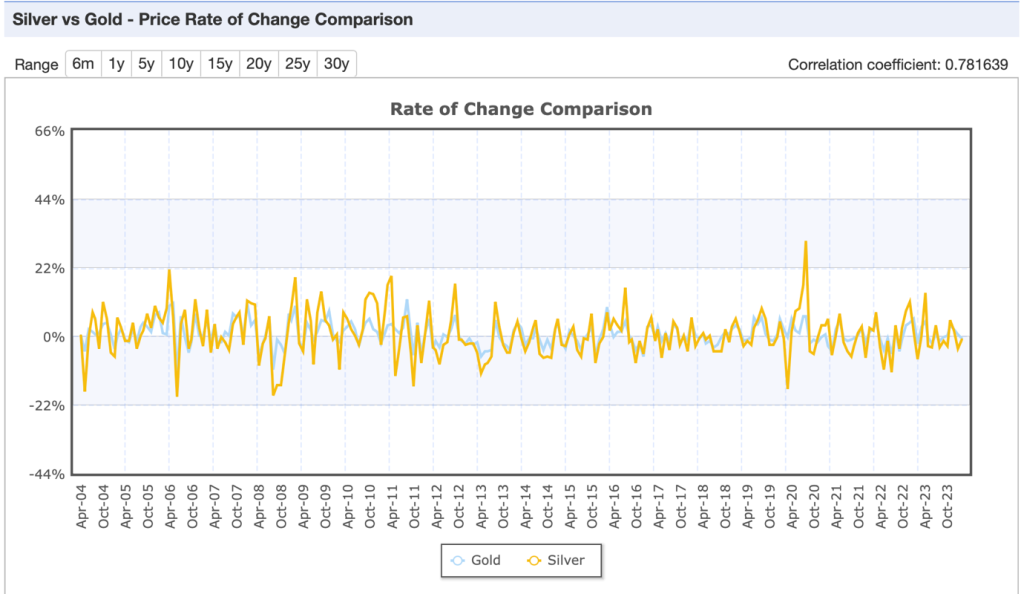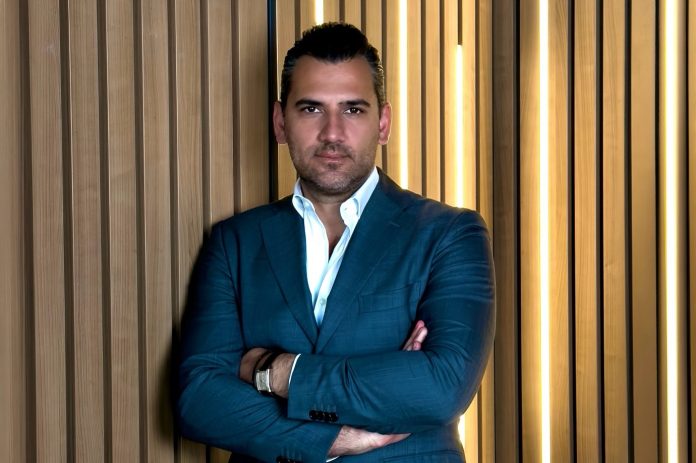As the world accelerates its transition to green energy, gold and silver are emerging as pivotal elements in this shift. To explore this trend further, we had an insightful conversation with Ian Timis, a prominent figure in the mining and energy sectors, renowned for spearheading and negotiating multi-billion-dollar projects. At 43 years old, the Romanian/Australian businessman brings a wealth of experience as a second-generation expert in the natural resources sector. Having worked across 15 countries in Africa and Europe, he offers a unique perspective on the crucial role of precious metals in the green energy revolution.
Ian celebrated for his early work as Vice President with European Goldfields Ltd.—a gold and precious metals TSX-V-listed company later acquired by Eldorado Gold Limited for USD 2.5 billion—shares invaluable insights into why gold and silver are critical for investors eager to capitalise on the burgeoning green energy market. His extensive background in the mining and energy sectors underscores the strategic importance of these metals in powering the sustainable technologies of the future. This interview promises to provide essential guidance for those looking to invest in the next wave of green energy advancements.
Gold’s Integral Role in Green Energy
While gold is traditionally seen as a symbol of wealth, its applications in green energy are increasingly significant. Ian highlights several key areas where gold is making a substantial impact:
- Photovoltaic Cells: Gold is used in solar panels to enhance efficiency and durability. With the rapid adoption of solar energy, the demand for gold in this sector is poised to rise, offering a lucrative opportunity for investors.
- Fuel Cells: Gold nanoparticles improve the efficiency and performance of fuel cells, a cornerstone of clean energy technology. Investing in companies utilising gold in fuel cells could yield substantial returns as the technology matures.
- Catalysis: Gold’s catalytic properties are employed to reduce industrial emissions, making it essential for cleaner manufacturing processes. This application underscores gold’s growing importance in sustainable industrial practices.
Silver’s Vital Contribution to Green Technology
Silver’s exceptional electrical and thermal conductivity makes it indispensable in green technologies. Ian outlines several applications where silver plays a crucial role:
- Solar Energy: Silver is integral in the manufacturing of solar panels. With about 10% of global silver demand driven by the solar industry, investing in silver or solar-focused companies could be highly profitable as solar adoption accelerates.
- Electric Vehicles (EVs): Silver ensures efficient power and signal transmission in EVs. As the automotive industry shifts towards electric mobility, silver’s role becomes increasingly vital, offering investors a chance to ride the EV wave.
- Wind Turbines: Silver’s conductive properties aid in the efficient generation and transmission of wind energy. With wind power gaining momentum globally, silver is set to remain in high demand.
Understanding the Gold-Silver Correlation

Credit: Index Mundi
Historically, gold and silver prices have shown a strong correlation, often measured by the gold-silver ratio. This ratio reflects the number of ounces of silver needed to purchase one ounce of gold. Ian explains this relationship is driven by several factors:
- Investment Demand: Both metals are viewed as safe havens during economic uncertainty, driving up their prices in tandem.
- Industrial Demand: Although silver has more industrial uses, its price often follows gold due to shared investment demand.
- Market Sentiment: Investor sentiment towards precious metals impacts both gold and silver. Bullish outlooks on precious metals typically lead to price increases for both.
How Gold Prices Influence Silver
Silver prices often mirror movements in gold prices due to several mechanisms:
- Safe-Haven Appeal: In times of crisis, gold leads as a safe investment, often followed by silver as a more affordable alternative.
- Speculative Investment: Traders use the gold-silver ratio for trading decisions, influencing silver prices based on gold price movements.
- Inflation Hedge: Both metals are used to hedge against inflation. As inflation expectations rise, gold prices typically increase first, with silver following suit.
- Economic Indicators: Macroeconomic factors like interest rates and economic growth impact both metals, with silver prices often indirectly influenced by changes affecting gold.
Future Prospects and Challenges
The green energy transition presents both opportunities and challenges. The increased demand for gold and silver in green technologies raises concerns about supply and sustainability. Timis suggests the following approaches to address these challenges:
- Recycling and Sustainable Mining: Innovations in recycling can help recover gold and silver from electronic waste, reducing the need for new mining. Sustainable mining practices are essential to ensure long-term availability.
- Technological Innovations: Advances in nanotechnology may reduce the quantities of gold and silver needed in applications, improving efficiency without compromising performance.
Economic and Geopolitical Implications
The strategic importance of gold and silver in green energy has significant economic and geopolitical implications. Countries rich in these resources may gain a competitive edge as global demand increases. However, nations dependent on imports may face economic challenges and supply chain disruptions.
- Market Dynamics: The rising demand for these metals is likely to influence market prices. Investors should monitor these trends for strategic investment opportunities.
- Geopolitical Tensions: Control over precious metal supplies can lead to geopolitical tensions. International cooperation and regulation are crucial to ensure stable and fair supply chains.
In 2024, gold and silver are no longer just symbols of wealth; they have become essential components in the global shift towards sustainable energy. For investors, understanding the strategic role of these metals in green technologies presents a unique opportunity to capitalise on their growing demand. Balancing this demand with sustainable practices and innovative solutions is key to securing a profitable and sustainable future. Investing in gold and silver today could unlock substantial returns in the green energy landscape of tomorrow.
Ian’s latest venture, Eco Future Metals Capital Partners LLP, focuses on ESG-compliant projects producing key strategic metals like gold and silver. Ian’s leadership not only highlights the importance of these metals in sustainable energy but also sets a benchmark for responsible investment in the sector. For investors, the message is clear: as the world moves towards a greener future, gold and silver will play an increasingly vital role. Understanding this dynamic and aligning investments with sustainable and ethical practices can lead to significant returns. Ian’s work exemplifies the potential of such investments, making now the opportune moment to explore the benefits of gold and silver in the green energy landscape.



 Bitcoin
Bitcoin  Ethereum
Ethereum  Tether
Tether  XRP
XRP  Solana
Solana  USDC
USDC  TRON
TRON  Lido Staked Ether
Lido Staked Ether  Cardano
Cardano  Avalanche
Avalanche  Toncoin
Toncoin